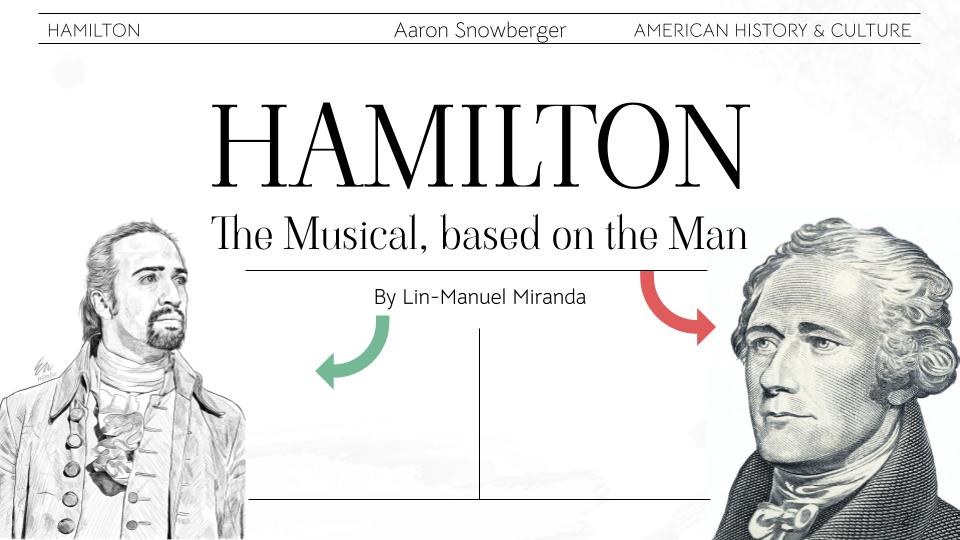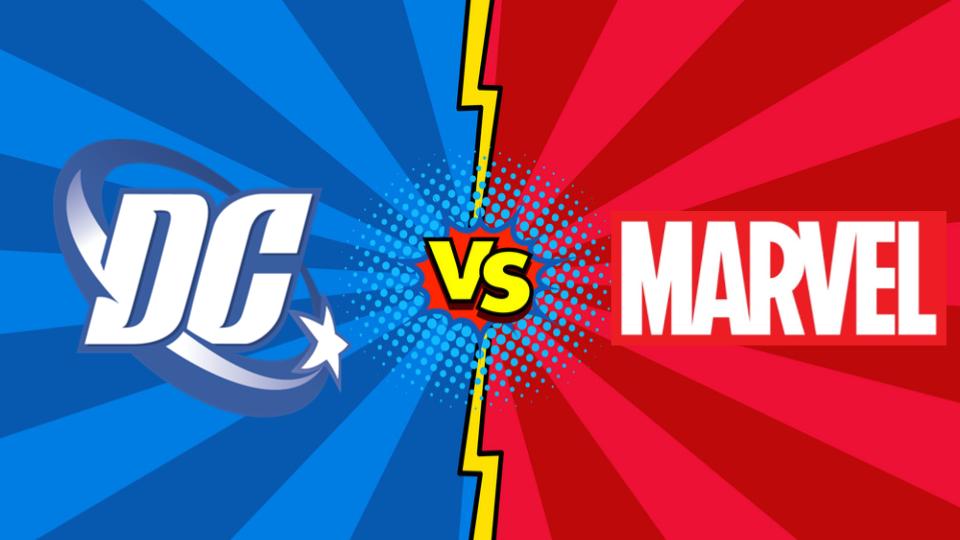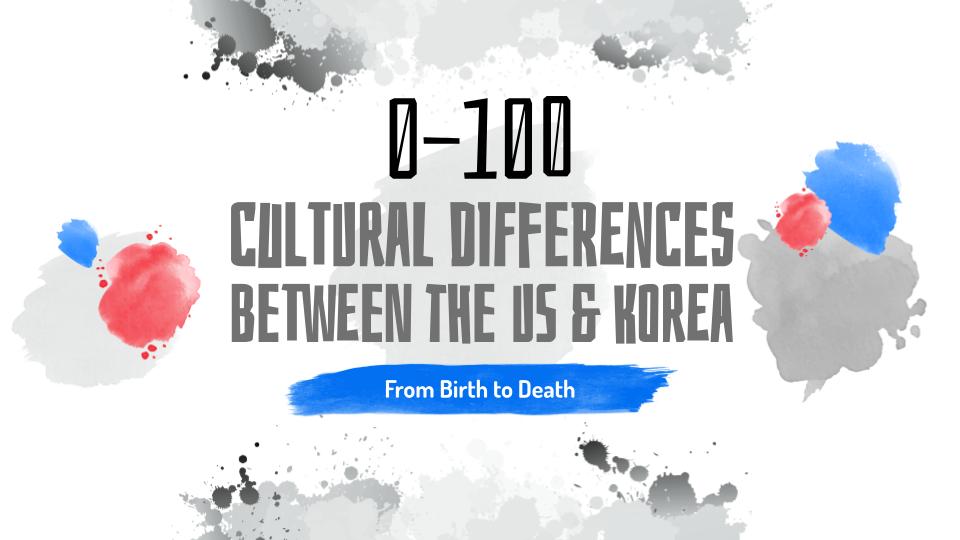Month: July 2021
-

Hamilton: The Musical Based on the Man
The Teacher Training program I’m involved with usually goes abroad during the school vacation periods for additional training and cultural experiences in a Western country (USA, Canada, England, Australia, etc). However, since 2020, due to the Covid-19 pandemic, travel abroad has been canceled. Therefore, I was asked to present on American history or culture in…
-

Marvel vs. DC Comics
This presentation was put together as a kind of “cultural study” for the Jeonju University Teacher Trainer program in July 2020. I introduced DC and Marvel comics, and detailed many of the differences and similarities between the two biggest comic book publishers in the US. “Slugfest: Inside the Epic 50-Year Battle Between Marvel and DC”…
-

0-100: Cultural Differences Between the US & Korea
I’ve lived in Korea for 15 years, teaching English (and computers) to all levels, from kindergarten to adult. I spent my first 26 years of life & education in the US, from kindergarten to university. I grew up in a typical American family, and I’m now raising a typical Korean family. For these reasons, I…
